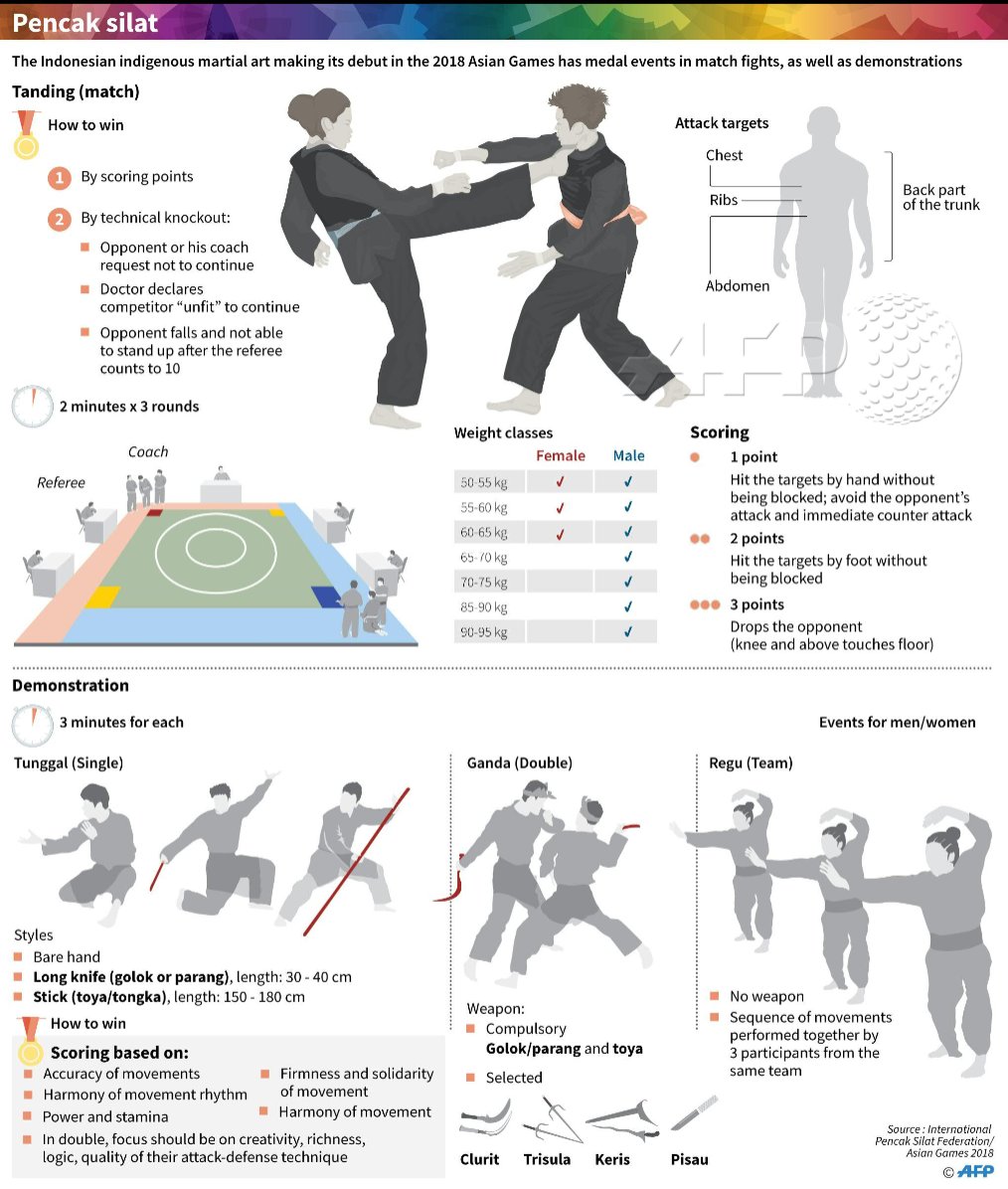Debunking The Various Fighting Style Designs: From Karate To Taekwondo
Debunking The Various Fighting Style Designs: From Karate To Taekwondo
Blog Article
Material Develop By-Stender Weiner
Are you tired of feeling overwhelmed by the large world of fighting styles? With numerous designs to choose from, it can be easy to get lost in a sea of strikes, kicks, and mysterious names. But concern not!
This discussion will certainly debunk the different fighting styles styles, taking you on a trip from the effective strikes of Martial arts to the dynamic kicks of Taekwondo. Get ready to uncover the origins, strategies, and ideologies behind these ancient art kinds.
So, tighten your belt and prepare to start an enlightening expedition into the fascinating globe of martial arts.
Beginnings of Martial Arts Styles
The beginnings of martial arts designs can be traced back to old civilizations and their need for self-defense and fight techniques. Throughout background, different societies developed their own special methods of combating, each with its own collection of methods and viewpoints.
In China, as an example, fighting styles styles such as Kung Fu and Tai Chi were established as a means of protection and boosting physical and psychological health.
In Japan, the samurai warriors produced styles like Karate and Judo, focusing on technique, accuracy, and mastery of the body.
Similarly, in Korea, Taekwondo emerged as a martial art stressing high kicks, quick movements, and psychological fortitude.
These very early people laid the foundation for the varied selection of fighting styles styles that exist today, each with its very own abundant history and cultural significance.
Methods and Educating Techniques
To understand martial arts styles, experts must find out various techniques and training methods.
Strategies are the certain motions and activities made use of in combat, such as strikes, kicks, tosses, and blocks. Different martial arts styles have their very own unique set of techniques that professionals have to master through rigorous training.
Educating approaches vary depending on the style, yet they usually include a mix of physical conditioning, drills, competing, and forms.
Physical conditioning is critical to build toughness, versatility, and endurance. https://www.austintexas.gov/event/esb-macc-womens-self-defense-austin-womens-boxing-club -tune their techniques and enhance their rate and accuracy.
Competing enables practitioners to practice their strategies in a controlled, reasonable setting. Kinds, likewise known as kata, are prearranged sequences of motions that help experts develop muscle mass memory and emphasis.
Philosophies and Concepts
Discovering the viewpoints and principles of fighting styles designs can offer you with a much deeper understanding of your selected discipline. Each fighting style has its own unique philosophy and collection of guiding concepts that form the method it's exercised.
For instance, Karate stresses discipline, regard, and self-control. It teaches practitioners to focus their body and minds, allowing them to safeguard themselves while preserving a feeling of inner tranquility.
On the other hand, Taekwondo puts a strong emphasis on speed, agility, and flexibility. https://martialartsforkidswithaut66654.blogoxo.com/34036759/reveal-the-valuable-advantages-of-self-defense-training-courses-strengthening-your-inner-boxer-in-shocking-means are rooted in the tenets of courtesy, honesty, perseverance, self-constraint, and unbeatable spirit.
Conclusion
Since you have actually explored the origins, techniques, and viewpoints of different fighting styles styles, you have a much deeper understanding of these old disciplines.
Envision a young karate student, practicing with undeviating determination and focus, appearing boards with a powerful strike.
Their trip showcases the commitment and stamina needed to grasp a fighting style, advising us that with technique and perseverance, anything is feasible.
